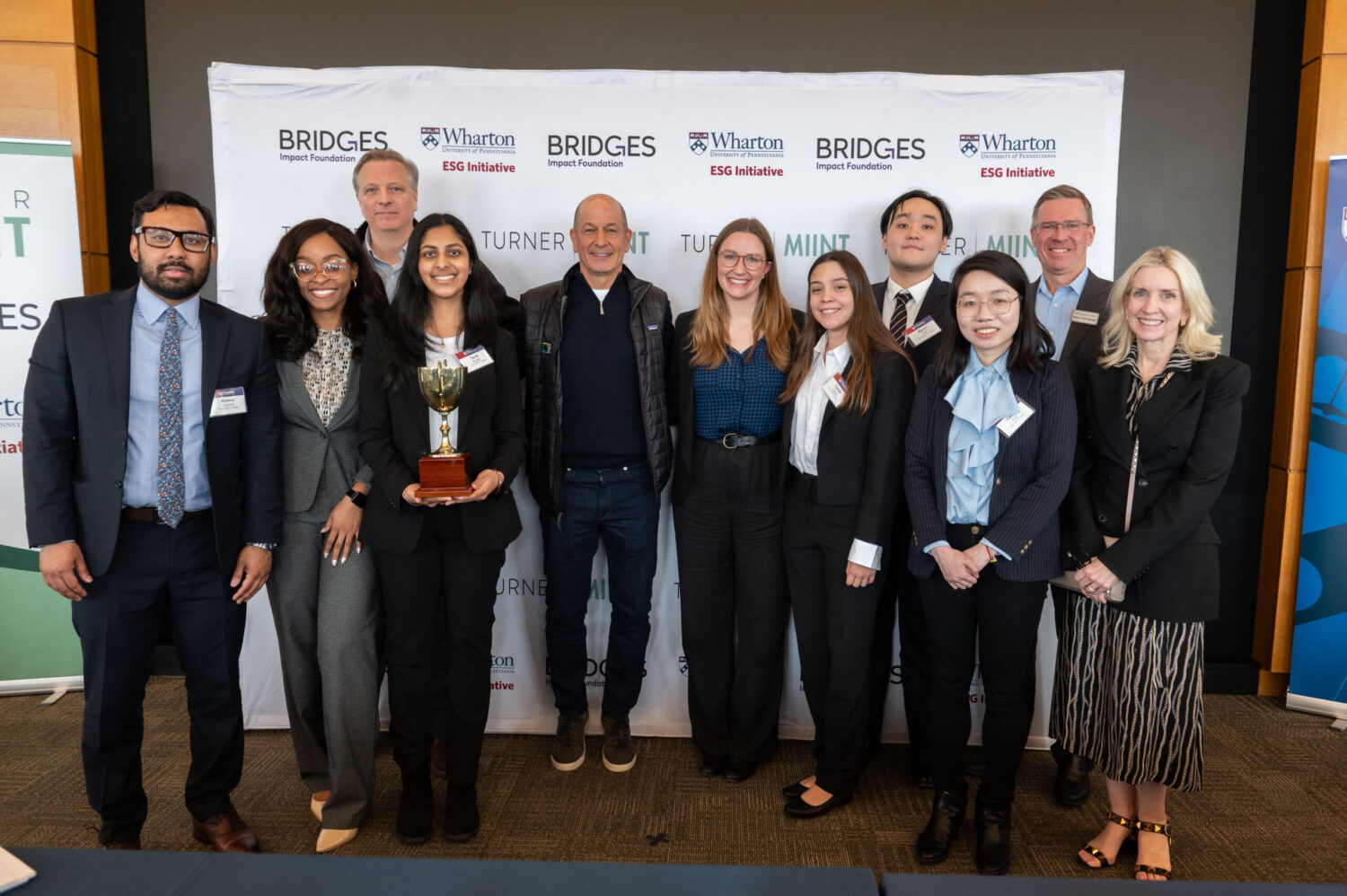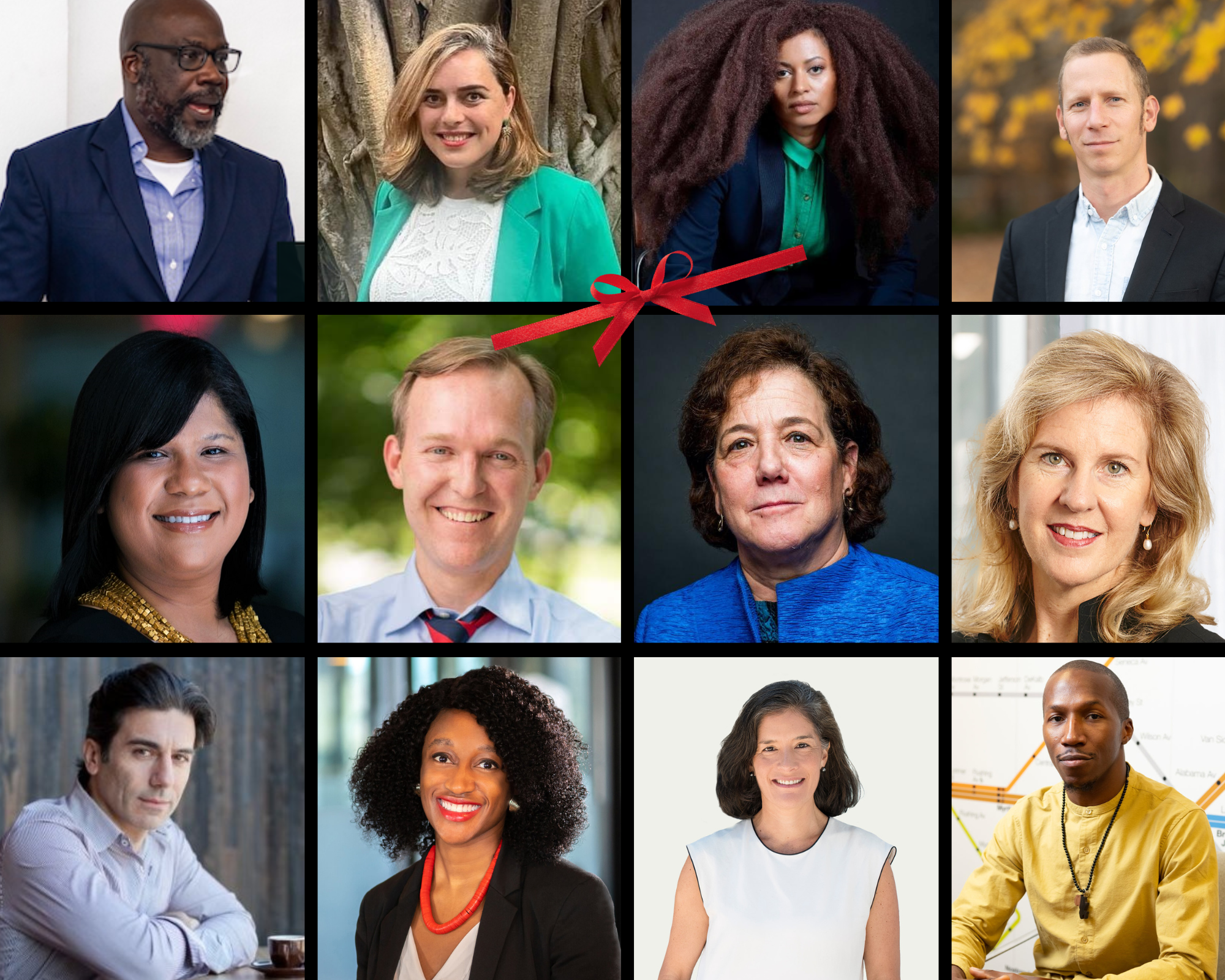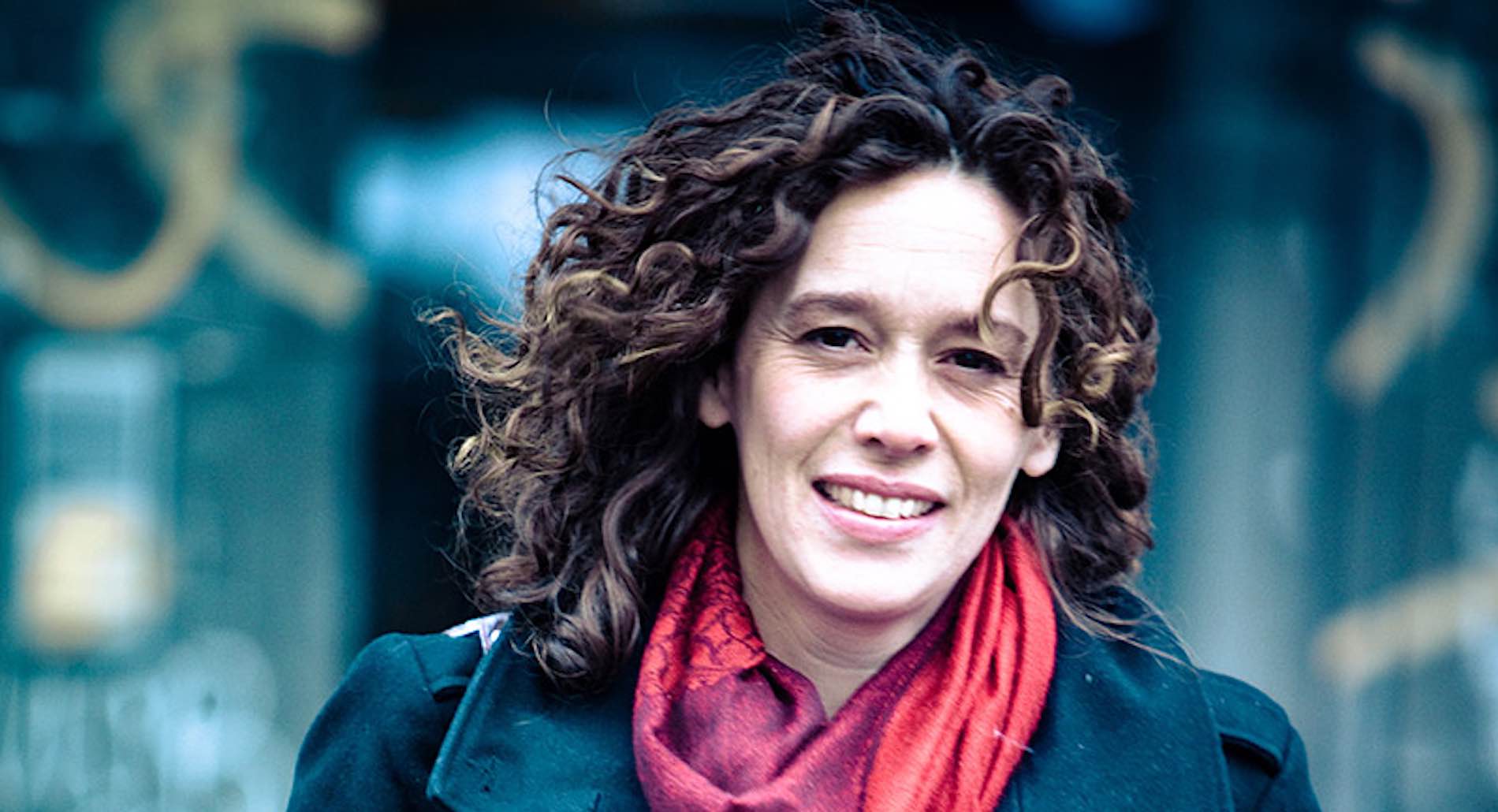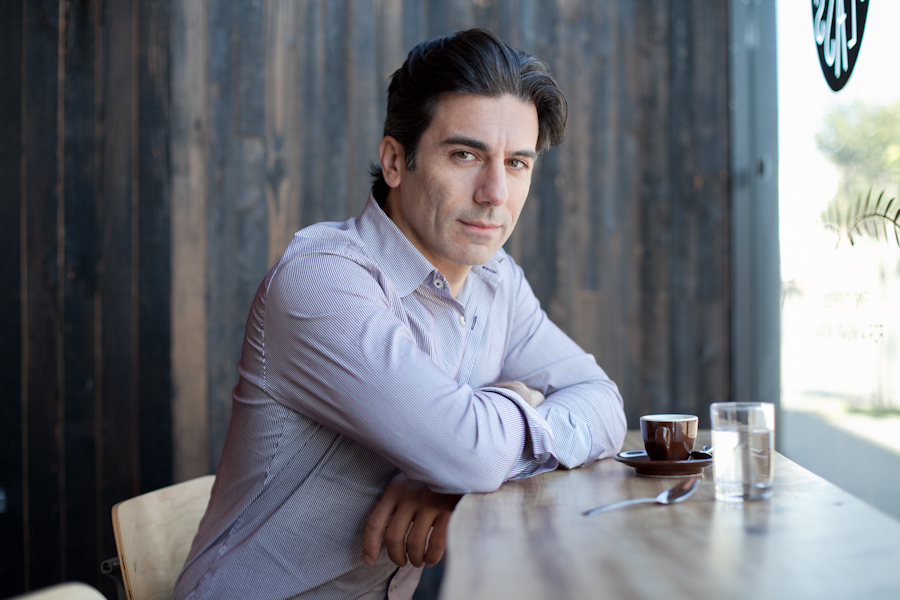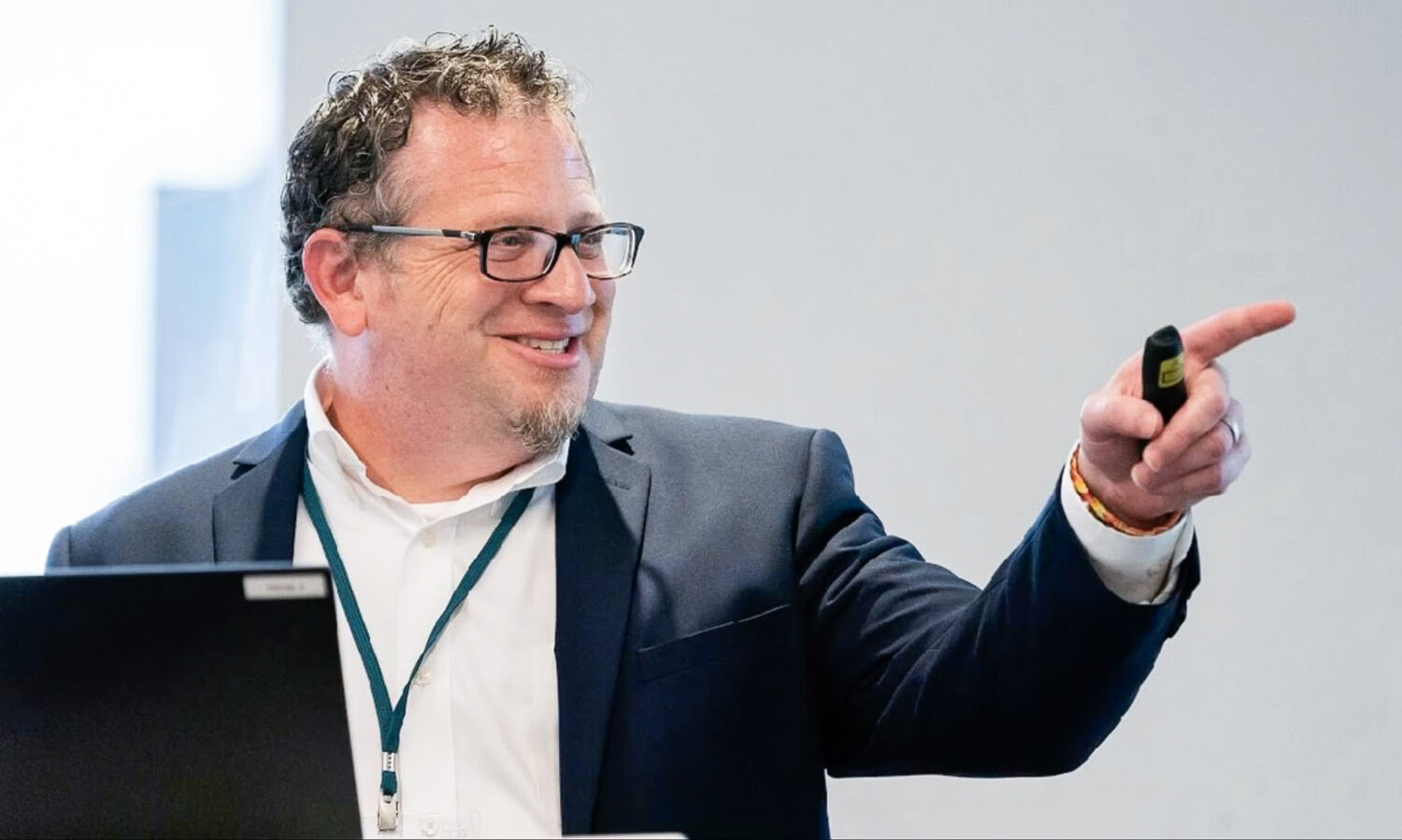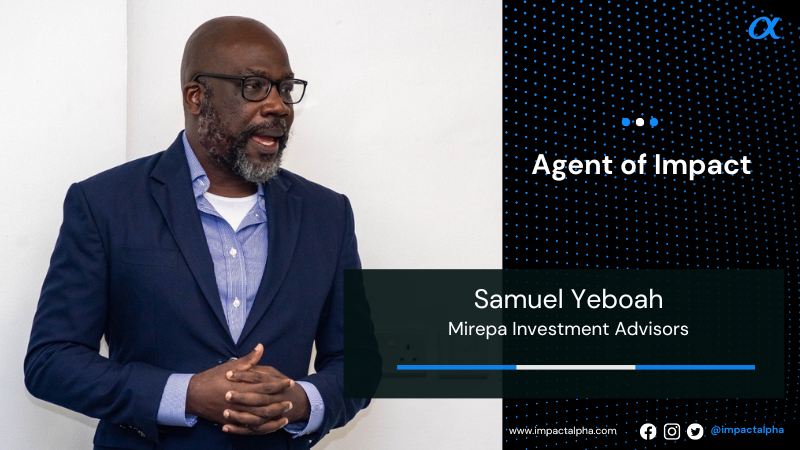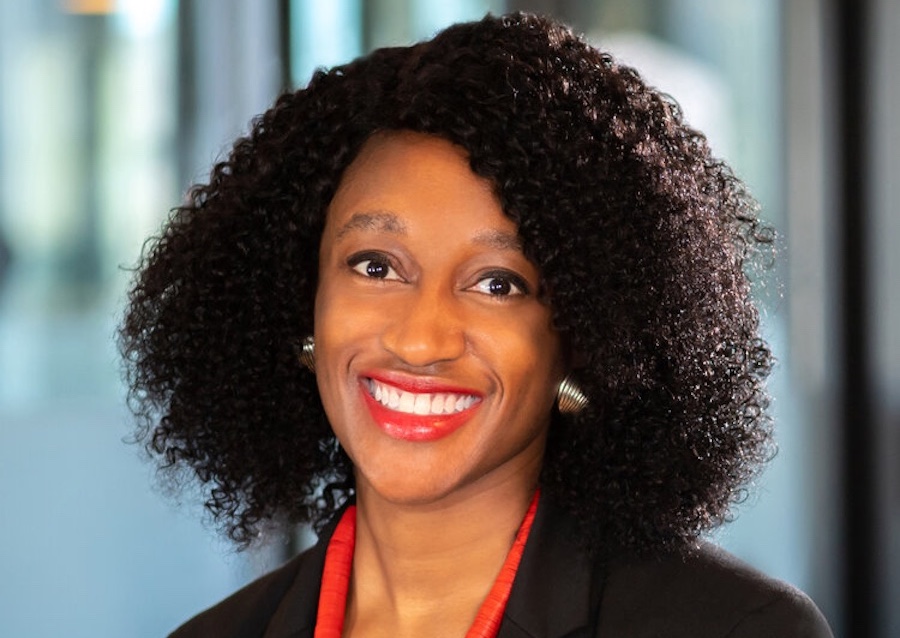The Greenhouse Gas Reduction Fund is seeding green projects in primarily low-income communities by sending $27 billion through a network of nonprofit lenders. But for-profit companies are playing a role as well. Sustainable Capital Advisors, an investment advisory firm founded by financial industry veteran Trenton Allen, has advised nonprofit groups, including the Justice Climate Fund, on structuring their proposals and strategies. This week, the firm announced a Sustainable Infrastructure Finance Academy to help community lenders, local governments and project developers gain access to the specialized knowledge and skillsets they need to begin the massive deployment effort.
ImpactAlpha’s Amy Cortese caught up with Allen this week to get his view on the GGRF awards, rollout, and why people shouldn’t underestimate community lenders.
ImpactAlpha: We’ve been hearing about some of the jockeying and maneuvering that went on behind the scenes in the lead up to Greenhouse Gas Reduction Fund, or GGRF, awards. What’s been your experience?
Allen: When you make available $20 billion, which is significantly larger than most of these organizations have available to them, and you call it a competition, you can’t be surprised when people in organizations compete. That is what the Environmental Protection Agency created by establishing a competition for what was deemed to be scarce resources. And so it’s not surprising that there will be different takes on how those dollars can be best utilized.
When the Community Builders of Color Coalition was created [now the Justice Climate Fund], there was one true North Star: to ensure that there is direct access for BIPOC-led institutions to the Greenhouse Gas Reduction Fund. The entire strategy was built on that particular premise, the outcome that we wanted to see happen in that particular application. The green banks were not focused necessarily on that – I’m not saying it’s right or wrong – but they were focused on something that was completely tied to the expansion of green banks. Climate United has a completely different approach, much more about markets and how to work as a market intermediary, given the role that Calvert [Impact] has played in the financial markets.
I think we’re all better for those differences of approach. The task now is how can you take those different approaches and bring them together in a way that works for people and communities?
ImpactAlpha: You worked closely with Justice Climate Fund on its Clean Communities Investment Accelerator (CCIA) proposal, the program to help build capacity among community lenders. What is your sense of the level of readiness of some of these lenders? And is green lending really all that big of a leap for CDFIs?
Allen: Community lenders, particularly the CDFIs and loan funds and the minority depository institutions and some community development banks, already know how to do the hardest part, which is lending and financing capital deployment, and underwriting, right? The green piece is just another type of project or project activity. Sometimes I believe that we overemphasize the newness of some of this green and don’t recognize the experience and the depth of financial understanding and wherewithal and capacity that exists within these organizations.
Many of them have already been doing green lending, they just don’t call it green. They’ve done commercial projects where they replaced the lights and upgraded HVAC systems. And some of those buildings put in building control. The thing that they didn’t do? They didn’t call it a building decarbonization project. Many of the community lenders – and many of them are BIPOC-led – aren’t using the language that EPA has created to screen and to identify who’s doing what and who has experience in green. So what ends up happening is their “green” experience sometimes becomes underreported. And when it becomes underreported, then you say they don’t have a background, they don’t have a track record.
It’s a shame that those who work in community many times are believed to not have the same level of sophistication of those who are working in a newly created nonprofit that may be focusing on green. I think that there are things that both of them can learn from each other. Each has certain attributes and gifts and skills and expertise and, when you meld them together, will deliver mightily for the benefit of our most underserved communities.
My hope is that, when people are assessing the ability of these lenders, and even developers, to access these dollars, that we don’t utilize historical standards about whether they check the box correctly for something that is green. There was no incentive necessarily to create green projects, because there was no different source of capital. And now that there is, they will make sure that they can report back on those different uses of capital. We should have criteria that tries to better understand what is the true experience and expertise of these organizations, what pieces do they have in place already to do this particular work, and then how do we support them wherever they are at to undertake these green activities.
ImpactAlpha: Very good point. What other considerations might people be missing?
Allen: While it is important that we are supporting community lenders, I think equally as important is to help build and support the growth of the communities that they’re working in. If we want to have loan funds lend into green energy projects, we should also lean in to help support the development of the market, which means that we need to have access to capital for entrepreneurs, for developers who are growing from small businesses into medium-sized businesses, helping to do consumer education. If we don’t build a primary market in these neighborhoods, then what we do in a secondary market might be for naught.
ImpactAlpha: On that note, we have been writing about the opportunity to build ownership and wealth creation into these projects in underserved communities. Are many people thinking about that as the broader GGRF plans unfold?
Allen: I think there is a great amount of interest, particularly from those who are in community-based organizations and some of the environmental justice organizations. Wealth generation is not happening because someone’s electricity bill has been lowered. But when we think about the BIPOC-led businesses that are created or expanded to do this work, that’s wealth creation.
There’s also an opportunity to think about the tools provided through other parts of the Inflation Reduction Act like (tax credit) transferability and direct pay, particularly for community nonprofits and community-based organizations. That gives them a chance to participate in a new way in these projects that doesn’t extract all the goodies out for those who have high taxable income, but keeps those tax credits inside the projects so that you can have higher paying wages, and projects that reduce overall energy costs, and maybe resilient community hubs for whenever we have climate events in these communities.
So that’s the kind of thing that can be there. But it’s not going to happen without people leaning in and saying, that’s what we’re designing our programs for.
ImpactAlpha: You are launching a Sustainable Infrastructure Finance Academy. How did that come about?
Allen: One of the things that we have recognized is that there’s going to be a huge need for talent and resources to make this all work. And, and so we’ve been thinking about where can we be most impactful? Where can we help? We will continue to provide direct support to winners of GGRF and any other members of the ecosystem – that’s sort of our day job.
We also want to make sure that those community lenders we’ve gotten a chance to engage with over the course of the last year get the type of support that they need to do this work. The Sustainable Infrastructure Finance Academy is our response to, how do we provide hands-on support to community lenders and governments to really go from theory to action and implementing projects.



